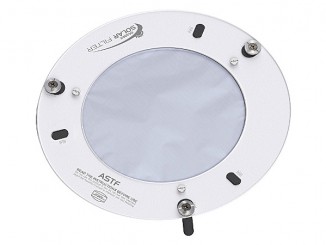
Archive

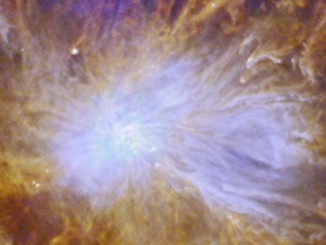
Herschel sees feathery filaments in Mon R2
Fierce flashes of light ripple through delicate tendrils of gas in this new image, from ESA’s Herschel Space Observatory, which shows the dramatic heart of a large and dense cosmic cloud known as Mon R2 in the constellation Monoceros that lies eight degrees east of the Orion Nebula. Mon R2 lies some 2700 light-years away and is studded with hot, newly-formed stars.
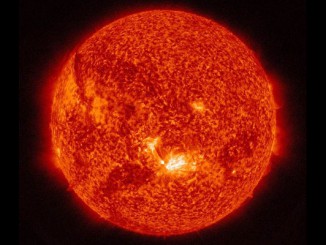
Sun emits a mid-level solar flare on 24 August
The Sun emitted a mid-level solar flare, peaking at 8:33am BST on 24 August 2015. NASA’s Solar Dynamics Observatory, which watches the Sun constantly, captured the image of the event shown here. Although harmful radiation from such a flare cannot pass through Earth’s atmosphere, intense flares can disturb the atmosphere in the layer where GPS and communications signals travel.
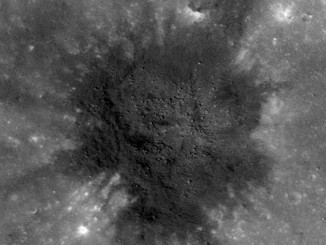
Research may solve Moon’s volcanic fire-fountain mystery
Tiny beads of volcanic glass found on the lunar surface during the Apollo missions are a sign that fire fountain eruptions took place on the Moon’s surface. Now, scientists have identified the volatile gas that drove those eruptions. If volatile reservoirs on the Earth and Moon do indeed share a common source, it has implications for understanding the Moon’s origin.
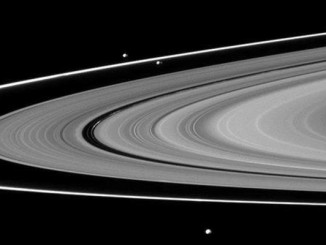
Origin of Saturn’s F Ring and its shepherd moons revealed
Researchers at Kobe University have used computer models to reveal that Saturn’s F Ring and its shepherd satellites are a natural outcome of the final stage of the planet’s satellite system. This new finding is expected to help elucidate the formation of satellite systems both within and outside our solar system.

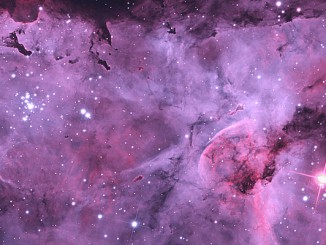
“Great Nebula in Carina” by Terry Robison
Our tenth nomination from the prestigious Insight Astronomy Photographer of the Year competition, an annual celebration of the most beautiful and spectacular visions of the cosmos by astrophotographers worldwide. The 2015 competition received 2700 spectacular entries from over 60 countries and the winners will be announced 17 September.

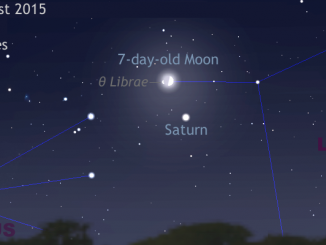
See the Moon meet Saturn and a star disappear on 22 August
As dusk fades to dark on Saturday, 22 August, observers in the British Isles and Western Europe with clear skies can see the first quarter Moon close above planet Saturn low to the southwest. But for those skywatchers with binoculars and small telescopes, an additional treat is in store as the Moon passes in front of (occults) a naked-eye star.

The Milky Way’s tumultuous heart revealed in X-rays
A newly released image from the ESA’s XMM-Newton X-ray satellite observatory gives us a unprecedented look at the intense processes taking place at the centre of our Milky Way galaxy. The new study, which spans a thousand light-years, is a compilation of one and a half months of monitoring, revealing the powerful remnants of dead stars and their mighty action on the surrounding gas.
